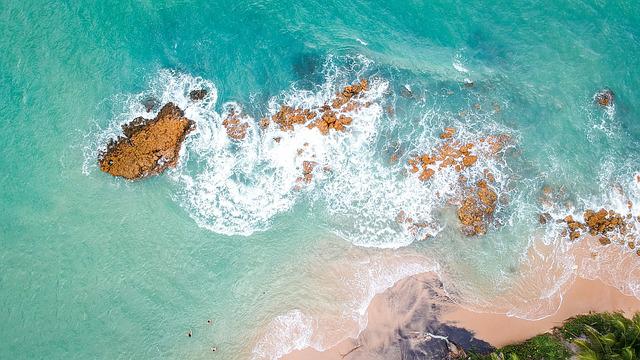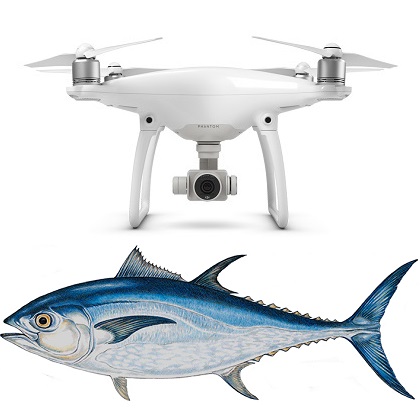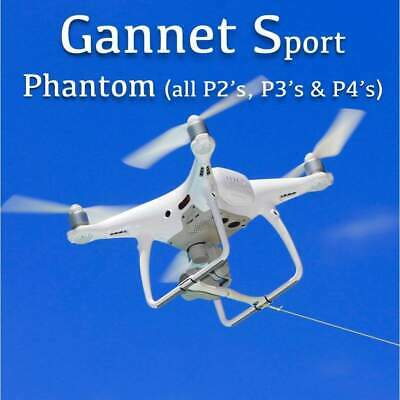
If you are a passionate fisherman, and you live in Australia you can use a drone for an aerial view of your property's waters. The drones can be equipped with a variety of features, including a GPS positioning system, a GPS receiver, a GPS receiver, a GPS payload release, and an angle adjustable camera. You can also purchase fishing lines, which are stable and safe. One example is SKY RIGGER drone.
SKY RIGGER is an unmanned fishing line.
The SKY RIGGER is a flexible fishing line system for drones that allows you to fish from the air with minimal effort. It has two rotating leg clamps, which can be mounted to many drone models. The release mechanism uses a bayonet connection and a camlock arm. This allows for quick opening of the line clamps. Sky RIGGER is unlike other drones and can be used for all types of fishing.
The SKY RIGGER comes with an automatic release mechanism that allows you to let go of the line when a fish catches your fly. You can also manually let go of the line by using your rod or hand. This feature is available for all models of the SKY RIGGER. It is highly recommended to buy a Phantom 3 first before purchasing the new SKY RIGGER. These are the pros and cons of this new line system.
It features a mechanical payload release
A drone with a mechanical payload release system is one of the most important aspects. Many of them are designed to allow the angler to release the fishing line with ease. However, some models do not have a release mechanism. Instead, the user must "yank" the fishing line to release the drone from the line. This can be difficult, especially for those who aren’t used to releasing the line with their hands.

The payload release mechanism is another important feature. The drone's payload should be capable to release its line when the fish strikes. Before you try this method, it is important that you practice catch-and-release fishing. The fish cannot be pulled to shore and then released back into the water. Many people have had good experiences with the DJI Phantom drone. However, this technology has not yet reached the level of fishing drones that are available on the market.
It is equipped with a GPS positioning system
Rippton, a joint venture between Australia and the Netherlands that specializes on technology-oriented fishing products, is called Rippton. Its goal is to improve anglers' success rates by developing products that will enhance the experience of fishing. Rippton's Mobula drone features a GPS positioning system and a remote release. The Mobula is able to hold bait on the surface, resist kite clips and is environmentally friendly.
It is light at 3 pounds and can take off for 18 minutes. It has a high tech GPS system that can be controlled from as far as 2,000 meters away. It has an operating range of 1000m (or half a mile) and intelligent flight modes. Its point-of-interest feature allows it to capture high quality images of its surroundings. Its high-resolution camera allows you to get great views of fish.
It has a failsafe feature
The Aerokontiki fisherman drone comes with a failsafe feature: it monitors the battery level and releases the fishing line when needed. If the battery is dead, the drone will automatically return to dry ground and resume its mission. It has industrial-grade flight controls and can operate wherever it goes without recalibration. You can also use this drone in watery areas.

FAQ
Is it possible to fly a helicopter while driving?
Drone flying at high speed is dangerous. You may also run into pedestrians and other animals. Additionally, hitting power lines, trees or buildings could cause damage to your car.
What are the rules regarding drone operation?
The FAA must register your drone. The registration process requires you to provide information about your device, such as its weight, dimensions, battery capacity, operating frequency, and battery life. It also requires you to obtain an identification number from the FAA.
Is drone regulation regulated by the FAA
The FAA oversees all aspects of drone operations, including safety standards, certification requirements, and licensing procedures.
What is the law about drones flying on private property?
New rules were recently published by the FAA regarding commercial drone flights. These rules only apply to UAVs less than 55 lbs and lower than 400 feet above the ground. Commercial operators must register at the FAA and apply for a license. They also need permission from local authorities when operating near airports or other restricted areas.
Statistics
- According to Indeed, a drone pilot gets paid $25.73 per hour on average in the US. (dronesgator.com)
- According to ZipRecruiter, the minimum hourly wage of drone pilots is $20. (thedroneu.com)
- According to the multiple listing service (MLS), houses and apartments with drone photographs are up to 68 percent more likely to sell than those without pictures. (thedroneu.com)
External Links
How To
How to Fly Drones With Beginners
A drone is a remotely-controlled aircraft that is used for aerial photography and surveillance. Drone technology has existed since World War II. DJI's Phantom series of quadcopters was the first to be commercially used. There have been many drones made since then. These range from beginner-friendly drones like Parrot AR Drone 2.0 to more advanced multi-rotor craft like DJI Mavic Pro.
There are many ways to fly a drone.
-
Remote control: This uses a remote control device that attaches to your hand and allows you control the drone along its flight path. There are two main types: Joysticks (like a radio), and On/Off switches (like an alarm clock).
-
Manual Control – This method lets users remotely control the drone by using a smartphone app. The app will give you instructions.
-
Autonomous flight - The drone takes over the piloting duties. It's basically flying autonomously without any human intervention. To enable autonomous flight, the drone should have a built in camera and sensors capable recording images and data.
-
Triggered Flying - This method works in the same way as manual control. However, the pilot has to manually set up a route for the drone and it follows that route until reaching the endpoint. The drone automatically lands once the route has been completed and returns to the base.
-
Landing Gear: Some drones have landing gear that allows them safely to land in case they lose power or run low on battery.
-
Goggles - Pilots may wear goggles to shield themselves from flying debris.
-
Camera - Some drones are equipped with cameras allowing you to capture photos and videos from above.
-
Obstacles – Some drones have obstacle avoidance systems that stop them from colliding with obstacles.
-
Speed - Drones can reach speeds up to 40 mph.
-
Battery Life - Most drones are capable of lasting between 20 minutes and three hours, depending on the power that you use.
-
Some drones are capable of traveling up to 30 miles depending upon their make and model.
-
Power source - Some drones require an external power source; others work off internal batteries.
-
Weight - Some drones have a weight of less than 1 pound and others weigh 4 lbs.
-
Size - From small drones that can be carried in the palm of one's hand to larger drones that weigh over 50 pounds, drones come in a variety of sizes.
-
Price - All drones fall within a specific price range, from high-end models that can cost thousands of dollars to lower-cost options starting at $100.